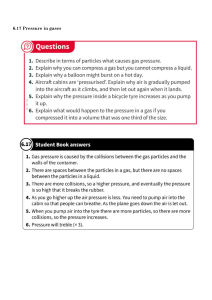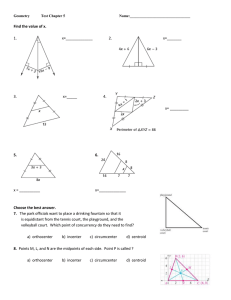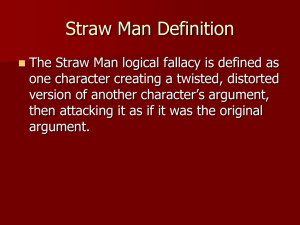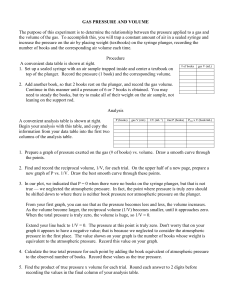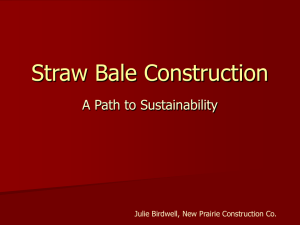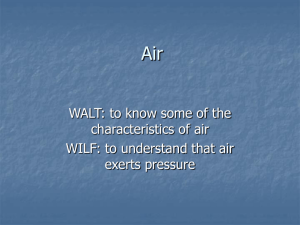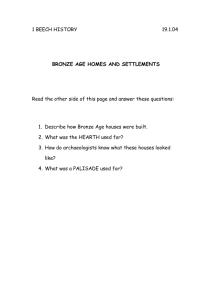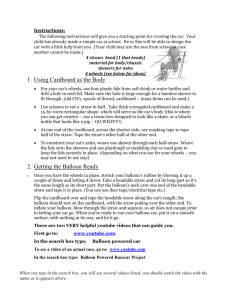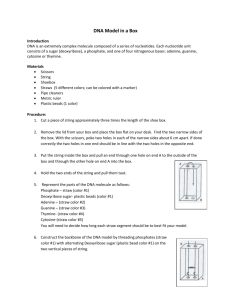Extra Atmospheric Pressure Problems
advertisement
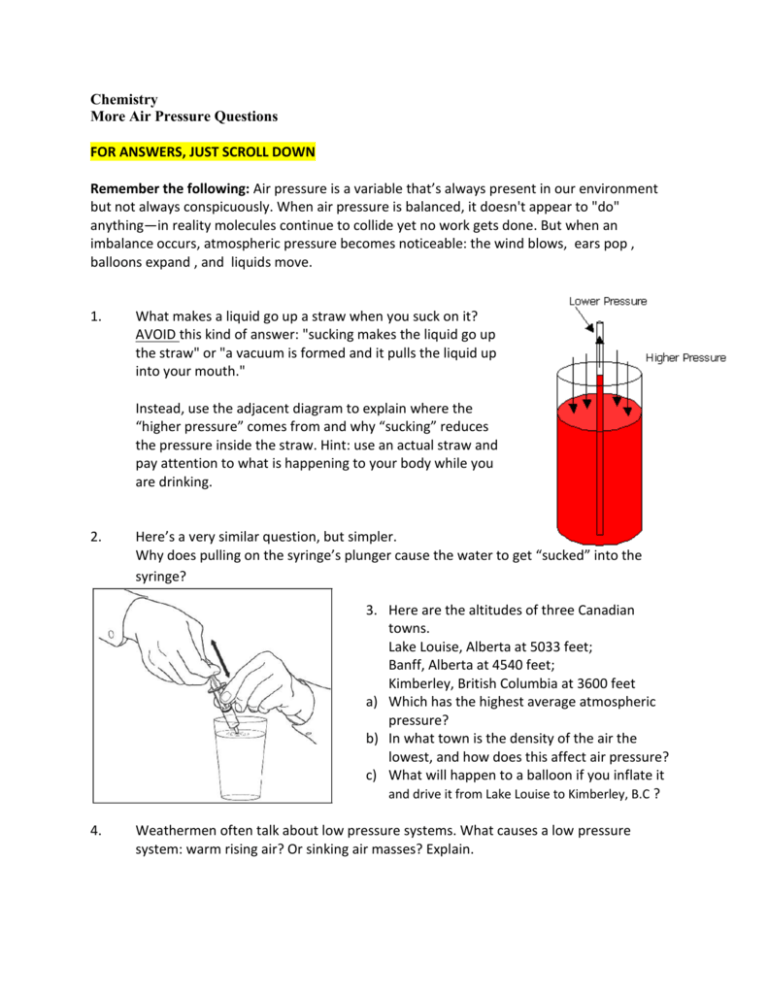
Chemistry More Air Pressure Questions FOR ANSWERS, JUST SCROLL DOWN Remember the following: Air pressure is a variable that’s always present in our environment but not always conspicuously. When air pressure is balanced, it doesn't appear to "do" anything—in reality molecules continue to collide yet no work gets done. But when an imbalance occurs, atmospheric pressure becomes noticeable: the wind blows, ears pop , balloons expand , and liquids move. 1. What makes a liquid go up a straw when you suck on it? AVOID this kind of answer: "sucking makes the liquid go up the straw" or "a vacuum is formed and it pulls the liquid up into your mouth." Instead, use the adjacent diagram to explain where the “higher pressure” comes from and why “sucking” reduces the pressure inside the straw. Hint: use an actual straw and pay attention to what is happening to your body while you are drinking. 2. Here’s a very similar question, but simpler. Why does pulling on the syringe’s plunger cause the water to get “sucked” into the syringe? 3. Here are the altitudes of three Canadian towns. Lake Louise, Alberta at 5033 feet; Banff, Alberta at 4540 feet; Kimberley, British Columbia at 3600 feet a) Which has the highest average atmospheric pressure? b) In what town is the density of the air the lowest, and how does this affect air pressure? c) What will happen to a balloon if you inflate it and drive it from Lake Louise to Kimberley, B.C ? 4. Weathermen often talk about low pressure systems. What causes a low pressure system: warm rising air? Or sinking air masses? Explain. Answers 1. To suck one has to expand his lungs through the action of the lowered diaphragm. This increases the volume, lowering the pressure as less crowded molecules are less likely to collide. The straw is connected to the mouth, and so its pressure is also lowered. Since the pressure outside the straw and above the water remains unchanged, it is now stronger than the internal pressure of the straw. The external pressure is therefore capable of pushing down on the liquid and moving it up the straw. 2. What happens to the pressure inside the syringe once you pull on the plunger and increase the volume for the small amount of air that is trapped in there? 3. A) The lowest altitude will have the highest average atmospheric pressure, so it’s Kimberley. b) The highest altitude town(Lake Louise) will have the least dense air. There is a shorter column of air directly above, lowering the weight and atmospheric pressure. c) As the atmospheric pressure increases, the internal pressure of the balloon will not change. There will be a squeezing effect from the outside. This will force air out of the balloon and deflate it. 4. Rising air, which is less dense, will cause pressure to drop. Its buoyant force acts in a direction opposite that of gravity.
